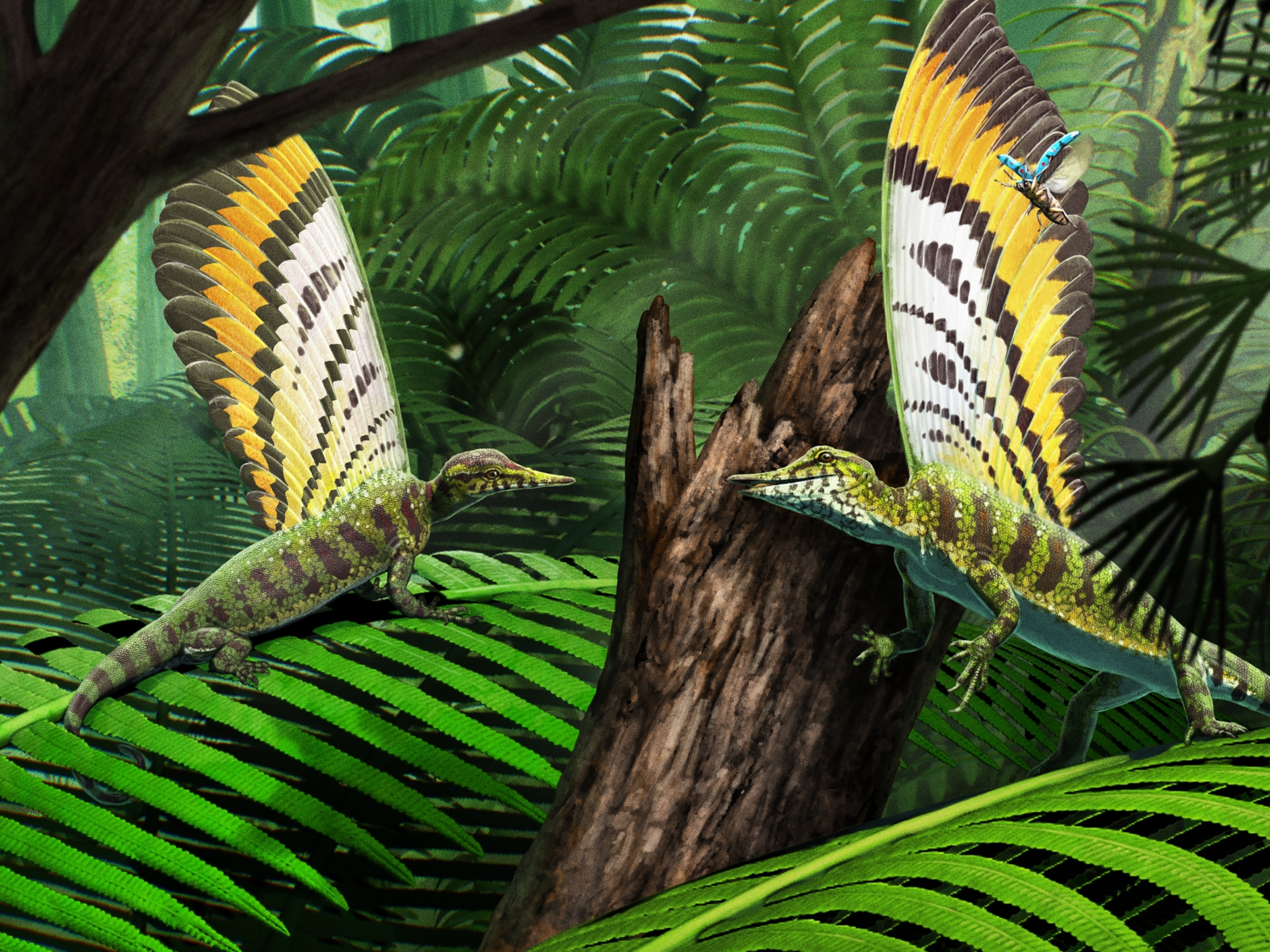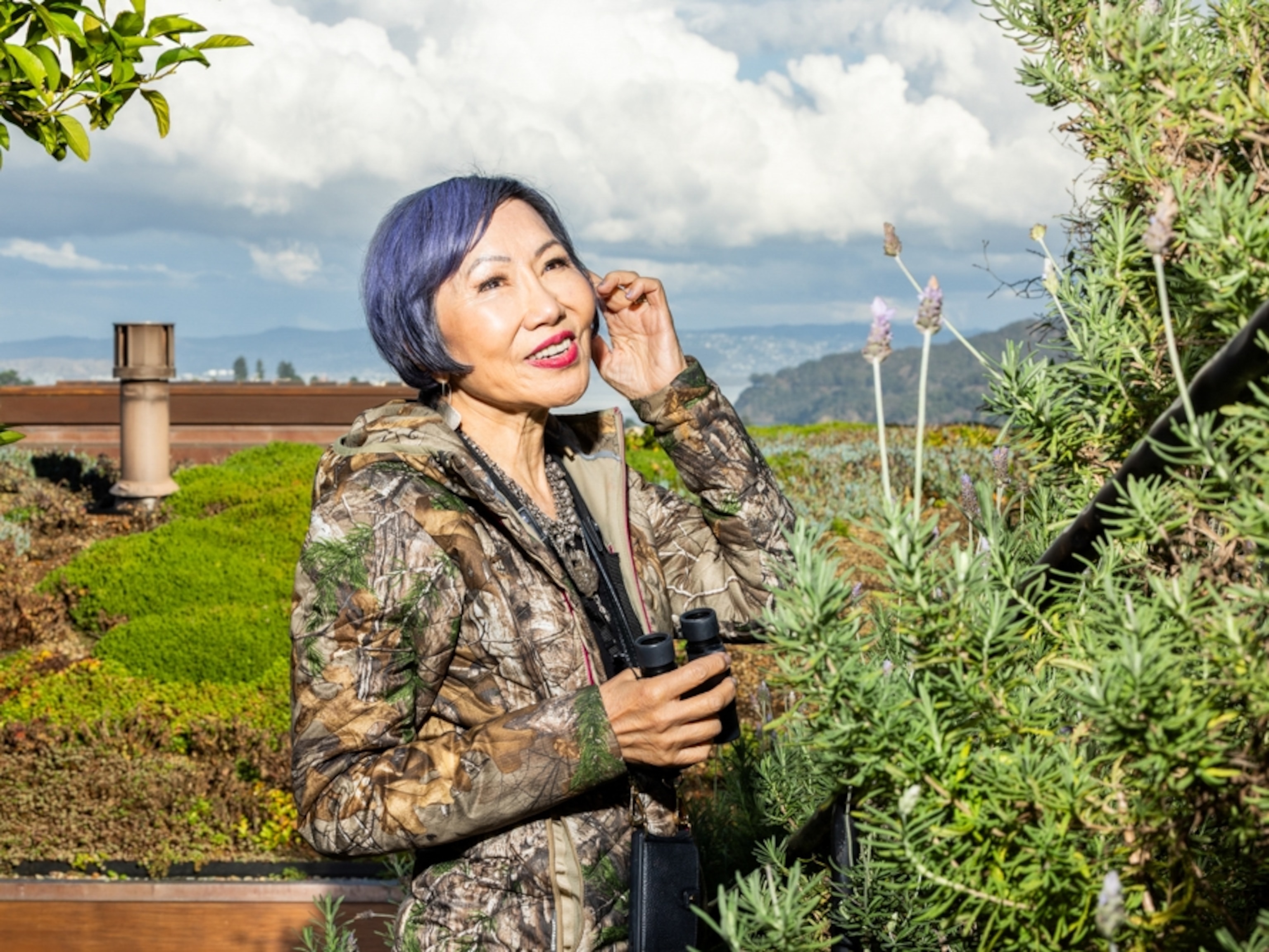
How Injured Birds Get New Feathers—It May Surprise You
Wildlife rehabilitators help wild raptors wing it by implanting new feathers—sometimes from other bird species.
Birds are famous for strutting their stuff—"proud as a peacock" isn't an empty saying, after all—but sometimes birds need some help getting back in fine feather.
So for this Saturday's Weird Animal Question of the Week, I'm taking the author's prerogative to ask: "How do injured birds get new feathers?"
The answer is a process called "imping"—short for implantation—in which wildlife rehabilitators implant broken feathers with new ones, enabling their patients to return to the wild. The replacement feathers eventually molt like a normal feather. (See National Geographic's pictures of beautiful feathers.)
Imping is a falconry practice that goes back about a thousand years, says Meghan Warren, rehabilitation coordinator at the nonprofit Teton Raptor Center in Wilson, Wyoming.
Unlike, say, an organ transplant, there's no chance of a "donor feather" being rejected, says Warren. "It's more like hair extensions or fake fingernails."
Flight Plan
Wings are important to any bird, but for raptors, or birds of prey, flying is crucial to catching prey in midair.
"Raptor" comes from the Latin rapere, meaning "to seize," Marc Devokaitis, of the Cornell Lab of Ornithology, says via email. (Also see "Neck-breaking, Disembowling, Constricting, and Fishing—The Violent World of Raptors.")

The Teton Raptor Center helps raptors that have somehow lost their feathers due to injury—or in the case of three Swainson's hawks brought to facility last year, being forcibly removed by people.
One of the Swainson's hawks was released, but the other two waited out the winter at the center. One of the remaining animals had lost all its flight feathers on its left wing, and they grew back misshapen due to follicle damage. The raptor team is trying to induce the animal to undergo a second molt with a thyroid medication.
The final hawk has fared better, but as its missing feathers grew back, the regrowth broke off some neighboring feathers that are located on the outside of the wing.
These feathers are crucial, since they have indentations that allow air to pass under the wing and help the birds soar, Warren says. (Read "Feather Evolution" in National Geographic magazine.)
"That's when we had to do the imping," she says.
And Away We Go
But finding the right feathers proved a challenge—not many Swainson's hawks show up at the center. Luckily, Warren discovered that osprey feathers—a related bird of prey—best matched the notches in the Swainson's hawk feathers.
Warren then used a falcon feather quill as a bridge between the shaft of the original feather and attached the osprey feathers with quick-drying epoxy. She also filled some gaps with red-tailed hawk feathers.
"It's quite a menagerie of pieces" that went into that wing, Warren says.
A day after the implant, Warren and her team flew the Swainson's hawk on a creance, a light cord used in falconry training.
Now fully feathered, the bird flew like she had "never missed a beat," Warren says, and on April 18, was released back into the wild in Idaho.
Next thing you know they'll all show up back at the raptor center wanting peacock tails. Wouldn't you?





